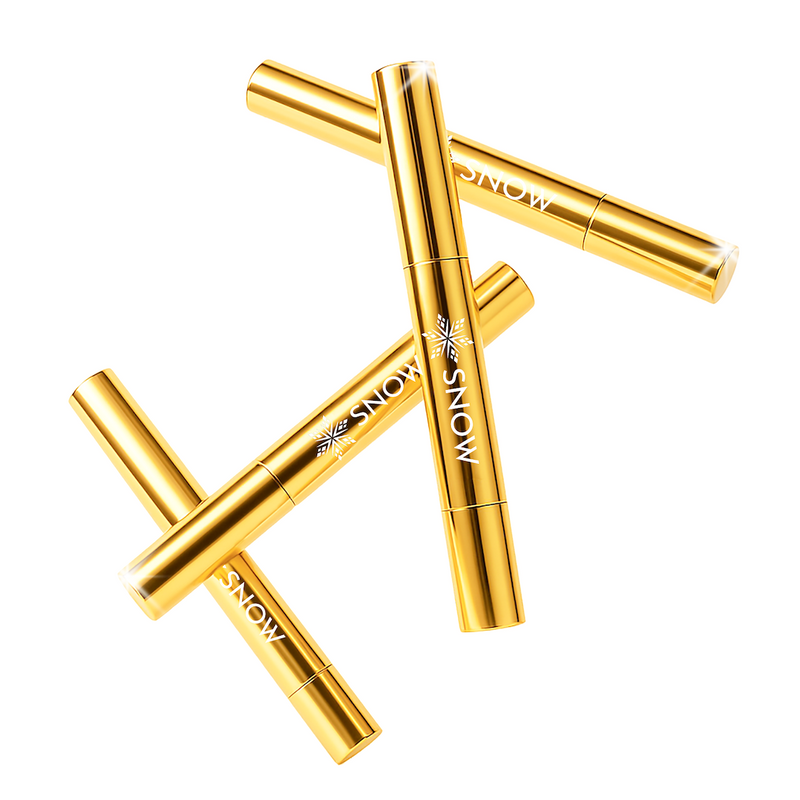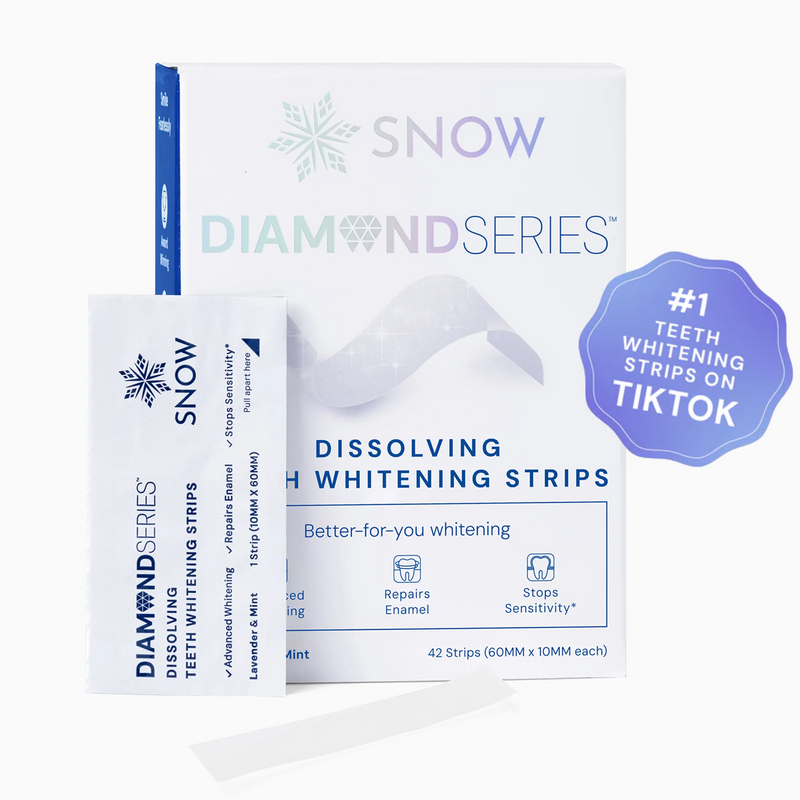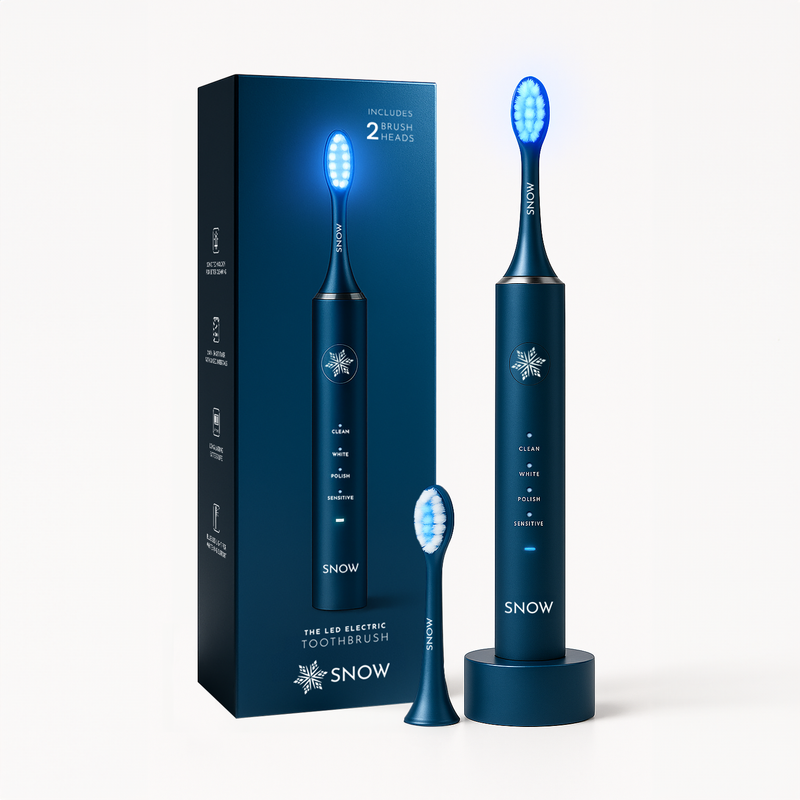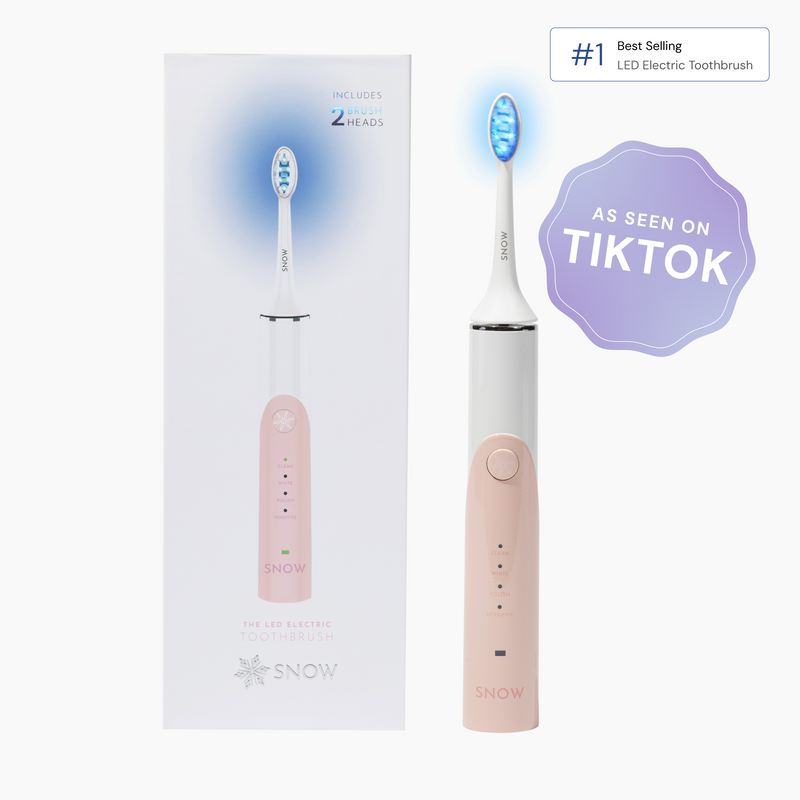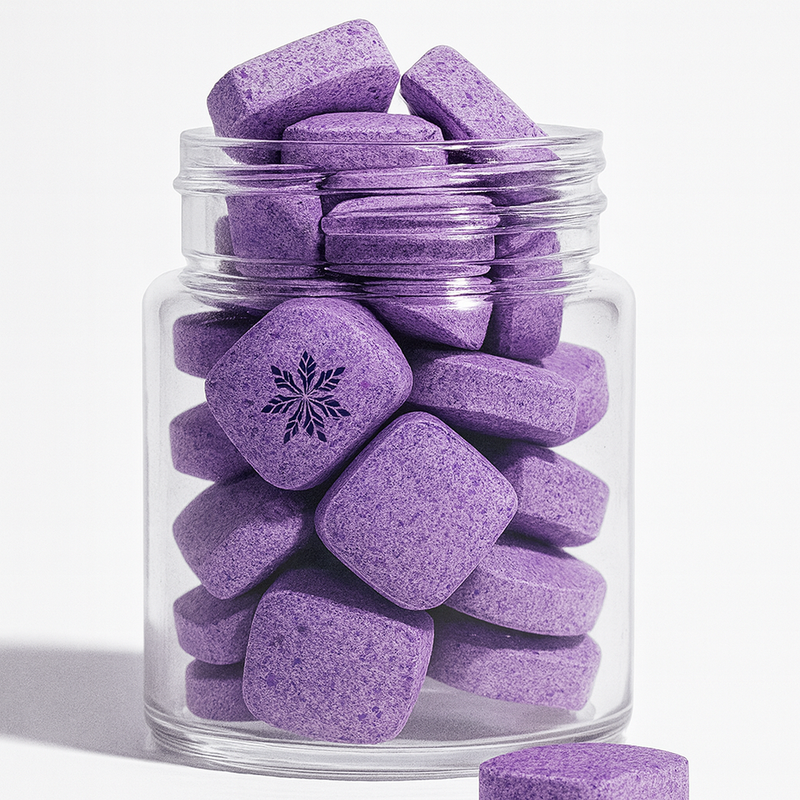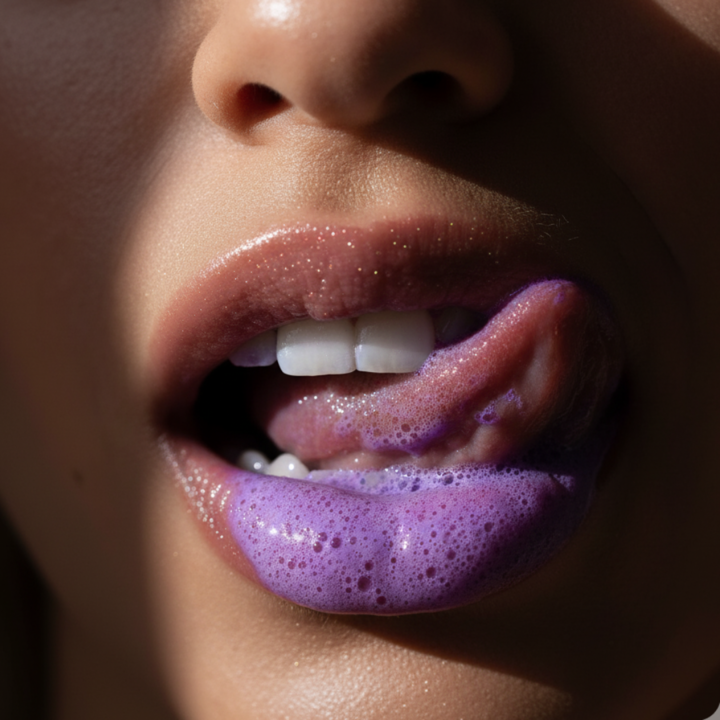Is a water flosser better than string? Let's explore the strengths and weaknesses of both methods.
In this article, we'll compare water flossers and string floss under various conditions, discuss the importance of water flossing, and explain how and when to use a water flosser.
We'll also tackle the question of whether a water flosser can fully replace string floss in your routine.
Now, let's dive into the details of these powerful tools for oral hygiene.
What this article covers:- Water Flosser vs String Floss
- What Is a Water Flosser?
- Do You Truly Need Floss?
- How to Use a Water Flosser
- Why Is Water Flossing Important?
- Should I Water Floss Before or After Brushing My Teeth?
- Does a Water Flosser Replace String Floss?
Water Flosser vs String Floss
When comparing water flossers to traditional string floss, the main differences lie in their effectiveness, ease of use, and suitability for different dental conditions.
Based on our observations, string floss is highly effective at removing plaque and debris from between teeth, especially in tight spaces. However, it requires manual dexterity and can sometimes be uncomfortable for individuals with sensitive gums or dental work.
Water flossers, on the other hand, use a stream of water to clean between teeth and along the gumline, providing a gentler experience. They are convenient for individuals with braces, implants, or arthritis, as they are easier to use and more comfortable.
For an elevated oral care experience, SNOW's Water Flosser offers three adjustable pressure modes, making it suitable for various dental needs. It features a collapsible 8 oz tank and a rechargeable battery that lasts up to 70 uses per charge, making it ideal for travel.
Its BPA-free water flosser tips and antibacterial properties make it a hygienic tool for deep cleaning.
What Is a Water Flosser?
Firstly, what is a water flosser? A water flosser is a tool that uses pulsating water to remove food particles, plaque, and bacteria from between the teeth and below the gumline.
Our findings show that the high-pressure water reaches areas that a toothbrush or string floss might miss.
Do You Truly Need Floss?
Flossing, whether with string or a water flosser, is essential. It helps remove plaque and debris from areas that a toothbrush cannot reach.
Regular flossing can prevent the buildup of harmful bacteria that leads to gum disease, tooth decay, and bad breath.
For those who prefer traditional floss with added teeth whitening properties, SNOW's Activated Charcoal Whitening Floss is an excellent option. It's made from bamboo fibers that expand for superior cleaning and infused with activated charcoal to remove plaque and surface stains.
How to Use a Water Flosser
Using a water flosser is easy. Begin by filling the flosser's reservoir with lukewarm water and adjusting the pressure settings to your comfort level.
Lean over the sink and place the tip of the flosser in your mouth, aiming the nozzle at the gumline. Move the nozzle along your teeth, pausing briefly between each tooth to allow the water to flush out any bits and pieces.
Our research indicates that it usually takes about a minute to clean the entire mouth.
Should you water floss before or after brushing? For optimal results, it's best to use the water flosser after brushing your teeth.
Why Is Water Flossing Important?
Water flossing plays a vital role in maintaining oral health. This method of cleaning helps remove food particles, plaque, and bacteria from between the teeth and below the gumline, which is key for preventing gum disease and tooth decay.
Should I Water Floss Before or After Brushing My Teeth?
The general recommendation is to water floss before brushing your teeth. Doing so allows your toothbrush to more effectively clean your teeth.

By starting with water flossing, you create a cleaner environment for brushing. However, it's also acceptable to use a water flosser after brushing if you want to ensure that all remaining particles are flushed out.
Does a Water Flosser Replace String Floss?
While water flossers offer many advantages, they do not completely replace traditional string floss. The best approach for optimal oral health is to use both methods.
Made from 100% recycled BPA-free plastic, SNOW's Charcoal Whitening Floss Picks contain activated charcoal to help remove stains while targeting plaque. The minty flavor and easy-grip handle enhance the flossing experience, making them ideal for both travel and daily use.
Conclusion
The debate about whether a water flosser is better than string floss often comes down to individual needs. We've compared water flossers vs string floss, explained what a water flosser is, discussed whether you truly need to floss, and provided guidance on how to use a water flosser.
We've also explored the benefits of water flossing and answered whether it can replace traditional floss.
If you're ready to enhance your oral care routine, try one of SNOW's innovative products, designed for a deeper clean and healthier gum.
Discover your perfect oral hygiene solution today!
If you want to learn more, why not check out these articles below:
- Before and After Water Flosser
- Best Dental Floss
- Best Portable Water Flosser
- Best Travel Water Flosser
- When Is the Best Time to Floss
- Why Does My Floss Smell Bad?
- Why is Flossing Important?
- Why Does Flossing Feel Good?
- Do Water Flossers Work?
- Does a Water Flosser Replace Flossing?
- Does Water Flosser Remove Plaque?
- Does Water Flossing Hurt?
- How to Clean Water Flosser
- How Often Should You Water Floss
- Can a Water Flosser Remove Tartar?

















































